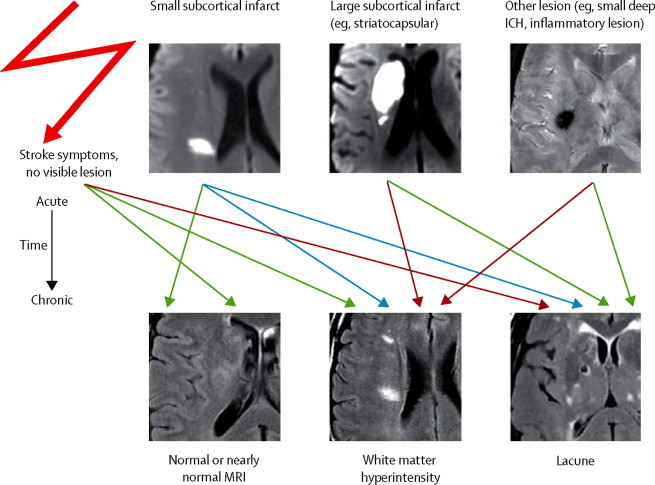Cerebral small vessel disease (SVD) is a standard accompaniment of ageing. Features seen on neuroimaging embrace current small subcortical infarcts, lacunes, white matter hyperintensities, perivascular areas, microbleeds, and mind atrophy. SVD can current as a stroke or cognitive decline, or can have few or no signs.
SVD ceaselessly coexists with neurodegenerative disease, and can exacerbate cognitive deficits, bodily disabilities, and different signs of neurodegeneration. Terminology and definitions for imaging the options of SVD differ broadly, which can be true for protocols for picture acquisition and picture evaluation.
This lack of consistency hampers progress in figuring out the contribution of SVD to the pathophysiology and scientific options of frequent neurodegenerative ailments. We are a global working group from the Centres of Excellence in Neurodegeneration.
We accomplished a structured course of to develop definitions and imaging standards for markers and penalties of SVD. We aimed to obtain the next: first, to present a standard advisory about phrases and definitions for options seen on MRI; second, to recommend minimal standards for picture acquisition and evaluation; third, to agree on standards for scientific reporting of modifications associated to SVD on neuroimaging; and fourth, to assessment rising imaging strategies for detection and quantification of preclinical manifestations of SVD.
Our findings and suggestions apply to research research, and can be utilized within the scientific setting to standardise picture interpretation, acquisition, and reporting. This Position Paper summarises the primary outcomes of this worldwide effort to present the STandards for ReportIng Vascular modifications on nEuroimaging (STRIVE).

Clinical research standards for the analysis of progressive supranuclear palsy (Steele-Richardson-Olszewski syndrome): report of the NINDS-SPSP worldwide workshop.
To enhance the specificity and sensitivity of the scientific analysis of progressive supranuclear palsy (PSP, Steele-Richardson-Olszewski syndrome), the National Institute of Neurological Disorders and Stroke (NINDS) and the Society for PSP, Inc. (SPSP) sponsored a global workshop to develop an correct and universally accepted set of standards for this dysfunction.
The NINDS-SPSP standards, which had been formulated from an intensive assessment of the literature, comparability with different beforehand printed units of standards, and the consensus of specialists, had been validated on a scientific information set from autopsy-confirmed circumstances of PSP.
The standards specify three levels of diagnostic certainty: potential PSP, possible PSP, and particular PSP. Possible PSP requires the presence of a progressively progressive dysfunction with onset at age 40 or later, both vertical supranuclear gaze palsy or each slowing of vertical saccades and outstanding postural instability with falls within the first yr of onset, in addition to no proof of different ailments that might clarify these options.
Probable PSP requires vertical supranuclear gaze palsy, outstanding postural instability, and falls within the first yr of onset, in addition to the opposite options of potential PSP. Definite PSP requires a historical past of possible or potential PSP and histopathologic proof of typical PSP.
Criteria that help the analysis of PSP, and that exclude ailments usually confused with PSP, are introduced. The standards for possible PSP are extremely particular, making them appropriate for therapeutic, analytic epidemiologic, and biologic research, however not very delicate. The standards for potential PSP are considerably delicate, making them appropriate for descriptive epidemiologic research, however much less particular. An appendix supplies pointers for diagnosing and monitoring scientific incapacity in PSP.
